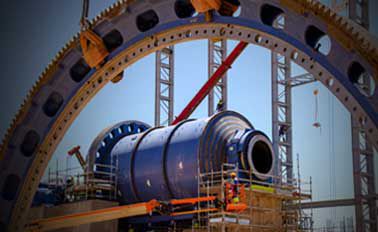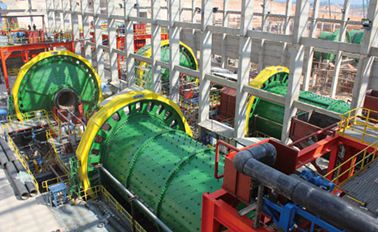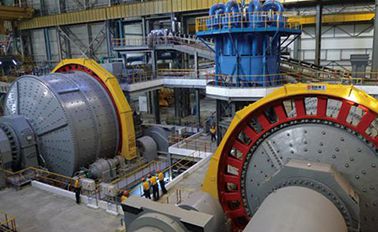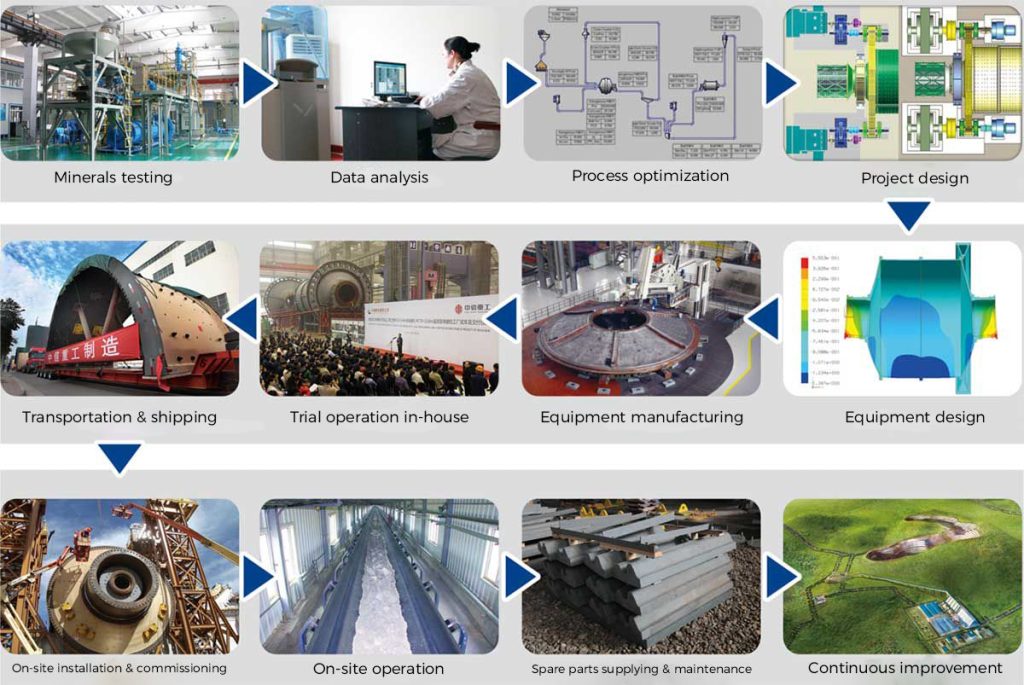1 Product Introduction
1.1 Product Overview
The XY-INCP-01 MEMS downhole measurement probe employs an integrated navigation solution using built-in MEMS gyroscopes and MEMS accelerometers. It can directly measure the inclination angle, roll angle, and azimuth angle of a wellbore. The XY-INCP-01 integrates high-performance MEMS gyroscopes and accelerometers within a compact structure. The selected gyroscopes and accelerometers represent the leading level of MEMS inertial devices. The three-axis MEMS gyroscopes sense the angular motion of the carrier, while the three-axis MEMS accelerometers sense the linear acceleration. The module compensates for zero-bias, scale factor, non-orthogonality errors, and acceleration-related terms across the full temperature range, ensuring high measurement accuracy over extended periods. The product is designed with shock-absorbing measures to ensure precise measurement of angular and linear motion parameters in harsh environments, providing users with a low-cost, high-reliability solution.
1.2 Product Features
- High performance, small size, low weight, and low power consumption
- Full temperature calibration and compensation from -20°C to +120°C
- Resistance to harsh mechanical environments
- Software online upgrade capability
- Automatic zero-speed correction to maintain azimuth accuracy
- Device zero-bias calibration function supported
1.3 Product Composition
The XY-INCP-01 mainly consists of a three-axis MEMS gyroscope, a three-axis MEMS accelerometer, signal processing circuits, navigation software, structural components, test cables, and test software.
1.4 Application Fields
- Direction finding in complex environments such as mines
2 Technical Parameters
Table 1: XY-INCP-01 Performance Parameters
| Attitude Accuracy | |
| Heading accuracy during north-seeking (°, 3min, 1σ) | 0.5*sec (L) (L represents latitude) |
| Level attitude accuracy during north-seeking (°, 3min, 1σ) | 0.2° |
| Heading holding accuracy (°, 1σ) | 1°*h |
| Level attitude holding accuracy (°, 1σ) | 0.2°*h |
| Electrical/Mechanical Interfaces | |
| Power supply (V) | 5.5~9 |
| Power consumption (W) | ≤2 |
| Startup time (s) | ≤2 |
| Communication interface | 1 x RS485 |
| Update rate (Hz) | 200 |
| Dimensions (mm×mm×mm) | Φ25mm × 200mm |
| Weight (g) | 150g |
| Operating Environment | |
| Operating temperature (℃) | -40~120 |
| Storage temperature (℃) | -55~125 |
| Vibration (g, RMS) | 6.06 |
| Shock (g) | 1000g/1ms |
3 Technical Specifications
1.5 Structural Dimensions
The system features a stainless steel structure with high structural strength, resistance to vibration, and impact. The external dimensions of the unit are shown in Figure 1.

Figure 1: External Dimensions
1.6 Interface Definitions
The XY-INCP-01 uses a 4-core coaxial connector for external output, primarily for unit power supply and communication. The connector pin definitions are shown in Table 2.
Table 2: Connector Pin Definitions
| Number | Wire Color | Definition | Function Description |
| 1 | Red | +5V | 5V Power Supply |
| 2 | Black | GND | Power Ground |
| 3 | Yellow | RS-485 A | Data Transmit/Receive A |
| 4 | Blue | RS-485 B | Data Transmit/Receive B |
4 Communication Protocol
1.7 Output Protocol
The XY-INCP-01 defaults to a timed broadcast output with a frequency of 200Hz. Each frame consists of 96 bytes, with a baud rate of 115,200bps. The communication protocol includes 1 start bit, 8 data bits, 1 stop bit, and no parity. Multi-byte variables are transmitted with the lower byte first, followed by the higher byte. The typical communication protocol is shown in Table 3.
The communication baud rate and output frequency can be configured by the user, with a maximum baud rate of 115,200bps and a maximum output frequency of 200Hz.
Table 3: Communication Protocol
| Item | Byte Start Index | Number of Bytes | Content | Scale | Range | Unit | Notes |
| 1 | 0 | 1 | 0xAA | – | – | – | Frame Header |
| 2 | 1 | 1 | 0x55 | – | – | – | Frame Header |
| 3 | 2 | 2 | Sequence Number | – | – | – | Frame Calculation |
| 4 | 4 | 1 | Hour | 1 | [0,24] | h | Hour count value |
| 5 | 5 | 1 | Minute | 1 | [0,59] | m | Minute count value |
| 6 | 6 | 1 | Second | 1 | [0,59] | s | Second count value |
| 7 | 7 | 2 | Pitch Angle | 0.01 | [-90,90] | ° | Instantaneous value at output moment |
| 8 | 9 | 2 | Roll Angle | 0.01 | [-180,180] | ° | Instantaneous value at output moment |
| 9 | 11 | 2 | Heading Angle | 0.01 | [0,360] | ° | North to East positive, instantaneous value at output moment |
| 10 | 13 | 1 | Checksum | – | – | – | Low 8 bits of the sum of bytes (2-12) |
| 11 | 14 | 1 | Frame Tail | – | – | – | 0xBB |
| 12 | 15 | 1 | Frame Tail | – | – | – | 0x66 |
5 Product Usage Instructions
- Installation
Before using the north-seeking instrument, ensure that the product axis is aligned with the required axis. Align the Y-axis of the instrument with the desired direction and securely attach the bottom of the instrument to the measured surface.
- Configuration of Latitude and Longitude
The device requires local latitude configuration for normal operation. This can be done using real-time control commands.
- Starting North-Seeking
After configuring the latitude and longitude, power on the device. The device will automatically enter north-seeking mode after self-check. Once precise alignment is completed, the device will achieve normal north-seeking accuracy, with the highest possible precision.
- Static State During North-Seeking
The north-seeking instrument must remain static during the north-seeking phase. Non-static conditions during this phase will result in significant north-seeking errors.
- Starting Navigation
After completing north-seeking, the device enters navigation mode and switches to inertial navigation. The attitude accuracy will gradually decrease over time.






